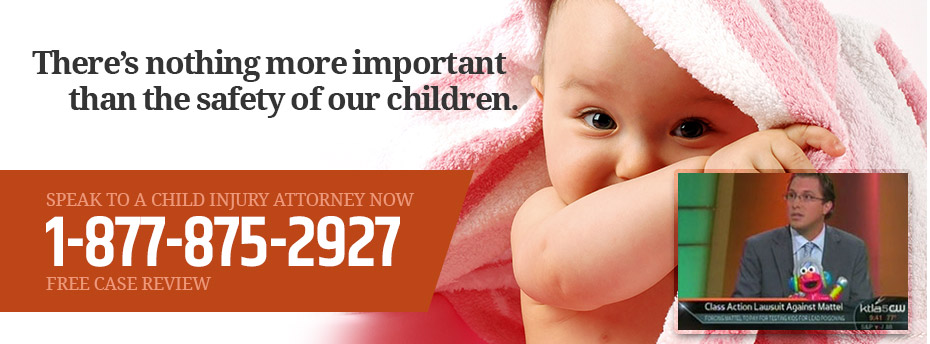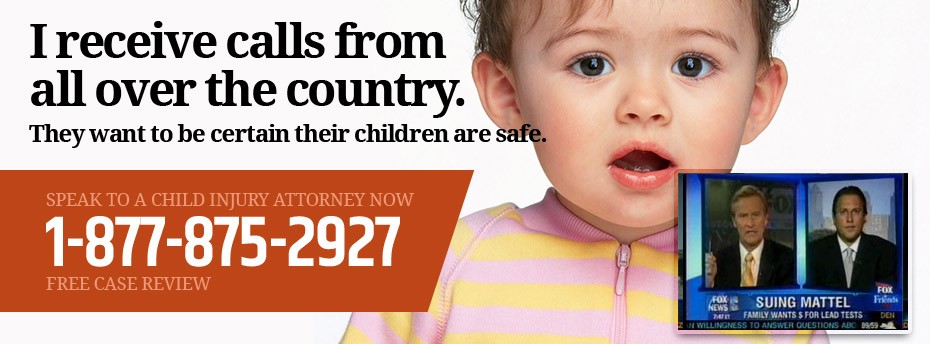Monofin bathing suits with fish or mermaid tailsare all the rage right now, especially among toddlers, preschoolers, and grade school-aged kids. But while these swimsuits are adorable, recent reports of near-drownings suggest mermaid tail bathing suits and similar products are putting children at risk, even those who’ve learned how to swim.
 And while mermaid fin toys and swimsuits are popular among kids, “mermaiding”, essentially the act of binding your legs and feet together in order to look like a mermaid, has been touted as a form of fitness workout for all ages at many aquatic centers. However, many public pools, including several YMCA centers, have banned the use of mermaid fins over safety concerns.
And while mermaid fin toys and swimsuits are popular among kids, “mermaiding”, essentially the act of binding your legs and feet together in order to look like a mermaid, has been touted as a form of fitness workout for all ages at many aquatic centers. However, many public pools, including several YMCA centers, have banned the use of mermaid fins over safety concerns.
Our Child Drowning Lawyers have a record of success representing the victims of defective water toys and swimming pool accidents, earning national recognition for the aggressive pursuit of justice on behalf of injured children and their families. If your son or daughter was hurt because of a monofin bathing suit or mermaid fin toy, please call our law firm toll-free at 877-875-2927 to speak with an attorney and learn more about your legal rights.
Near-Drownings of Kids in Mermaid Swimwear
Mermaid tail bathing suits usually consist of a two-piece swimsuit and matching pull-on tail made from stretchy fabric with a fin at the bottom. The tail fits over both legs, giving the wearer a look similar to a mermaid. Some mermaid tails have rubber mono-fins, with some closed off at the bottom, while others have no fins, and look like a “swim skirt”. In keeping with the mermaid theme, they usually feature brightly colored and shimmering fabrics and are frequently sold with matching accessories, including glittery tiaras and other jewelry. Many popular brands of mermaid swimwear are sold on Amazon, including: Finfun, Camlinbo, SunTail, Superband, Igeekid, and Aquafever.
Though not as popular as mermaid tail bathing suits marketed for little girls, two-piece monofin swimsuits consisting of trunks and a shark or fish-like tail can also be purchased for boys.
While it’s easy to see why these products appeal to toddlers and young children, two recent viral videos suggest monofin swimsuits could potentially place kids in harm’s way. In one, a 5-year-old girl came close to drowning in an inflatable kiddie pool with less than two feet of water when she placed her hands into the tail portion of her mermaid swimsuit, binding her hands to her side. She then slipped under the water and was unable to free her hands to pull herself up.
Fortunately, the little girl’s big sister saw what had happened and was able to pull the child out of the water. But the 5-year-old spent several days in the hospital, where she received oxygen while being treated for a fever, elevated heartbeat, and increased respiration.
In another video, a second little girl enjoying an aboveground pool could not resurface after she flipped upside down while wearing her tail. Fortunately, the child’s mother was supervising and able to pull her daughter from the water quickly.
Why the Mermaid Tail Design is Dangerous for Children
According to one study that compared children’s swimming abilities with and without a mermaid tail, the fins restrict movement, increase tiredness, and inhibit the wearer’s ability to float, thus reducing swimming proficiency by 60%.
Younger children experienced more difficulty than those in older age groups.
“Imagine trying to swim with your legs being tied together,” Julie Gilchrist, M.D., a pediatrician and co-author of the American Academy of Pediatrics’ (AAP) updated policy statement on drowning prevention, recently told Parents magazine. “This allows you only to have one kind of kick, a dolphin kick—one of the most difficult and least efficient for children to do.”
Mermaid and fishtail bathing suits also affect a child’s balance and eliminate their normal means of standing in the pool. And because the fins tend to be heavy and become slippery when wet, children might have difficulty exiting the water while wearing one.
Considering their disadvantages, monofin bathing suits probably aren’t a good choice for toddlers and young children. They’re really only appropriate for proficient swimmers who can perform the dolphin kick — swimming with the legs together and an undulating motion of the body – with confidence.
Parents who purchase monofin swimsuits need to recognize their inherent risks, regardless of a child’s age or swimming ability. While poolside supervision is always a necessity, an adult must always be close enough to reach out and grab a child who’s wearing a monofin bathing suit.
What You Can Do to Prevent Child Drownings
Drowning remains a leading cause of unintentional death among kids ages 1 through 4 and the second-leading cause of unintentional fatalities among children between the ages of 1 and 15.
Unfortunately, mermaid fins aren’t the only swim toy parents need to watch out for this summer. An array of inflatable pool accessories, including rafts, noodles, and baby neck floats, can do more harm than good, as they’re not designed to keep children safe in the water.
According to the AAP, kids are better off with U.S. Coast Guard-approved life jackets and puddle jumpers. But even then, adult supervision remains non-negotiable anytime children are in or around the water.
To further reduce the risk of child drownings:
- Teach You Son or Daughter to Swim: According to the AAP, most kids age 4 and older can learn to swim, while those younger than 4 might be able to, depending on their emotional and physical development. However, swim lessons are no guarantee of safety or a substitute for adult supervision.
- Learn Cardiopulmonary Resuscitation (CPR): All parents and child care providers should know CPR.
- Always Supervise Kids Around Water: Never leave children unsupervised near a pool, hot tub, or natural body of water. In fact, those under 4 years of age should never be farther than arm’s length, even if they know how to swim.
- Avoid Alcohol: Don’t drink alcoholic beverages when you’re supervising children who are swimming.
- Fence in Your Pool: Install a fence at least 4 feet tall that separates the pool area from the house and yard but doesn’t block the view of the pool from outside the fence. Any vertical slats on the fence should have gaps no wider than 4 inches, and the fence shouldn’t be more than 4 inches off the ground. Secure swim areas with self-closing and self-latching gates that open away from the pool area with latches beyond a child’s reach. Make sure kids aren’t able to climb the fence or gate.
- Install Alarms: Install an alarm on any door that leads to the pool area, as well as a floating pool alarm or a below-water alarm. But keep in mind that an alarm isn’t a substitute for appropriate fencing and supervision.
- Remove Toys When Not in Use: Kids can fall into the water while retrieving a toy.
- Block Access to Swimming Pools and Hot Tubs: Use a safety cover to block access to the pool when it’s not in use. Secure a cover on hot tubs. Remove aboveground pool steps or ladders when the pool isn’t in use. Empty inflatable pools after each use.
- Be Aware of Drains: To prevent body parts and hair from being caught in strong suction, never allow kids to play near or sit on pool or hot tub drains. Specially designed drain covers, safety vacuum-release systems, and multiple drains can prevent entrapment.
- Make Sure Emergency Safety Equipment is Within Easy Reach: A life ring with rope, reaching pole, or shepherd’s crook should be kept within the pool area. Always have a phone close by when you’re supervising kids at the pool.
Contact an Experienced Child Drowning Lawyer
Child Injury Lawyer Jeffrey Killino and his law firm have extensive experience handling child drowning cases involving defective products and dangerous toys, as well as negligent lifeguard and wrongful death lawsuits. If your child was injured or drowned while wearing a mermaid tail bathing suit or another type of monofin toy, please do not hesitate to contact us at 1-877-875- 2927.





